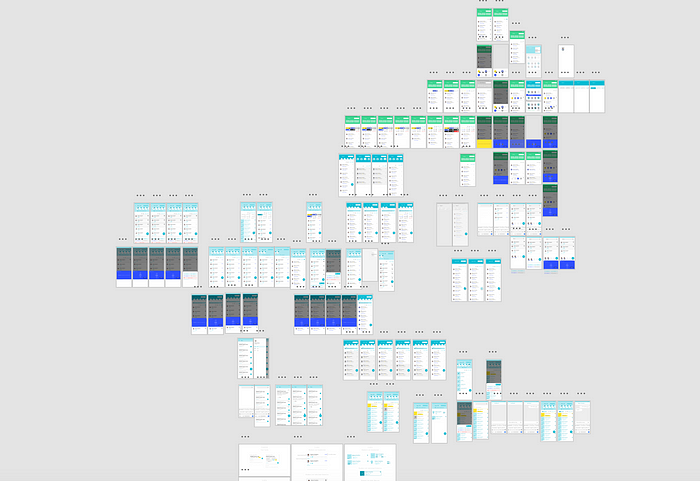Member-only story
Hierarchical taxonomy: UX design’s secret weapon

I know you had to read that title carefully to get it right. But User Experience Design theory isn’t always simple or easy to read. I for one, am a UX/UI designer who never went to design school. So design theory and practices always seemed alien to me. But one practice that I can always relate to and feel comfortable using is — Hierarchical Taxonomy.
It’s defined as separating parts of a list of items into ‘taxons’ which further have parents and below that, children. Taxons can be taken as organised lists of items which in the case of UX, are often contextual in nature.
Let’s quickly understand the concept using The Spoon Problem.

The spoon problem states, that in a kitchen where there are a set of utensils, each utensil is carefully categorised into —
- Utensils — Knives, forks, spoons
- Tools — Can openers, spatula, brush
- Pots — steaming pot, pressure cooker, small pots
- Storage — Tupperware, bottles
And all this is stored in various containers like —
- Drawers
- Cupboards
- Stand alone
The above containers are the parents of each taxonomy. Below that, there are children and sub children.
What is Hierarchical Taxonomy Good For?

- A Great Method to Organise Workflow
Having an organised workflow is as important for effective design, as much as design itself. Starting off at the right foot is crucial when it comes to making sure that there are fewer hiccups and stuff is easy to find at a later stage.


